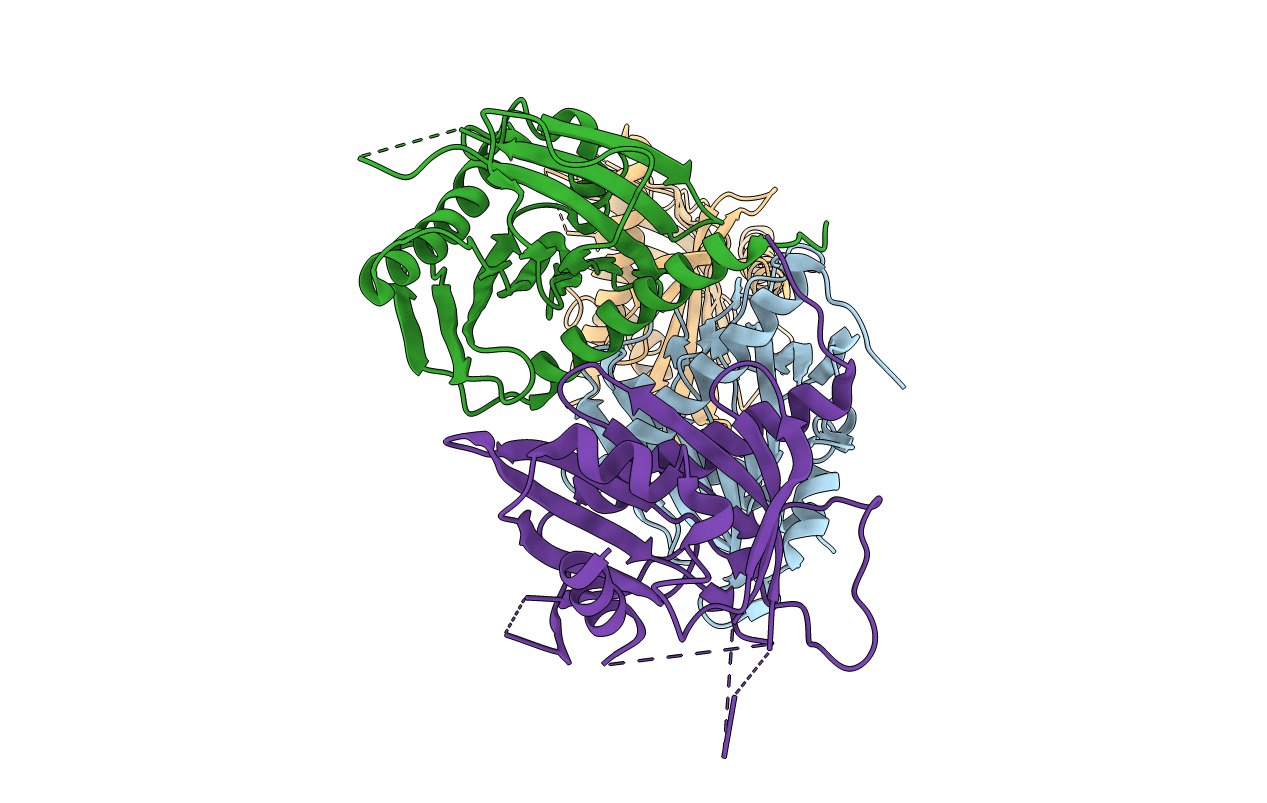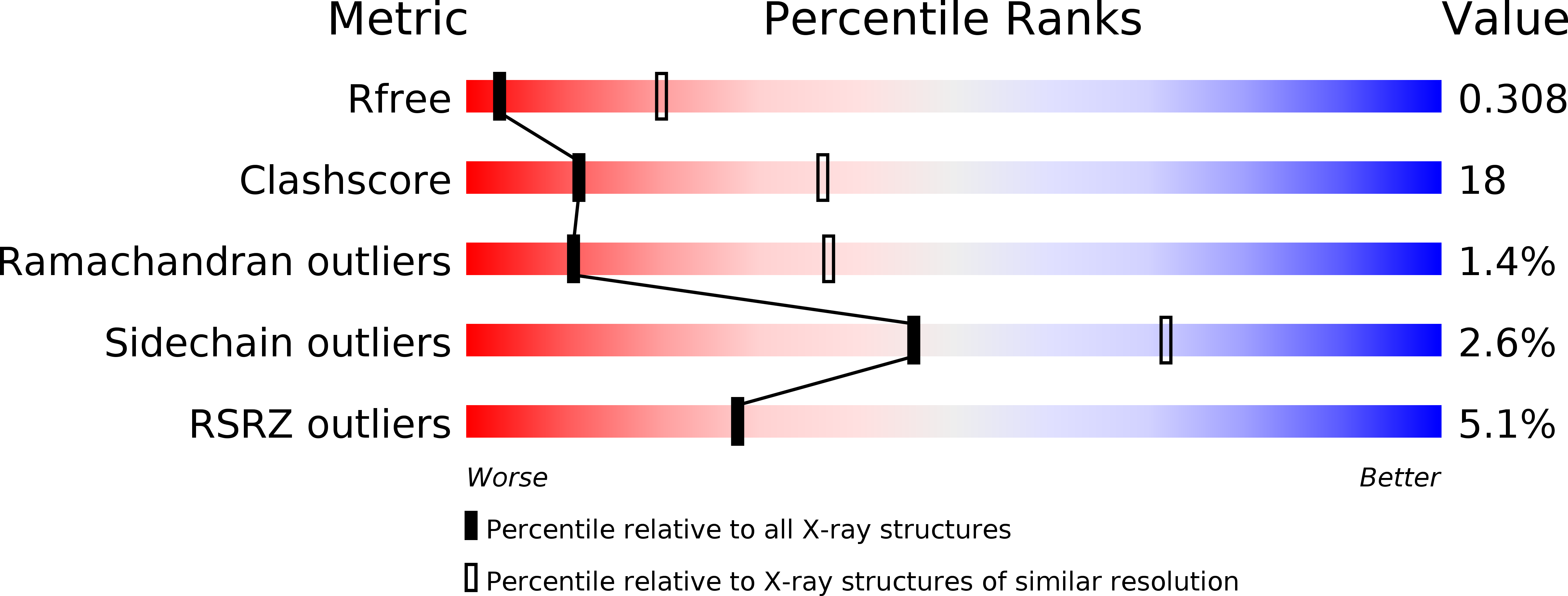
Deposition Date
2010-09-29
Release Date
2010-11-24
Last Version Date
2023-09-06
Method Details:
Experimental Method:
Resolution:
3.40 Å
R-Value Free:
0.28
R-Value Work:
0.25
R-Value Observed:
0.25
Space Group:
P 63


